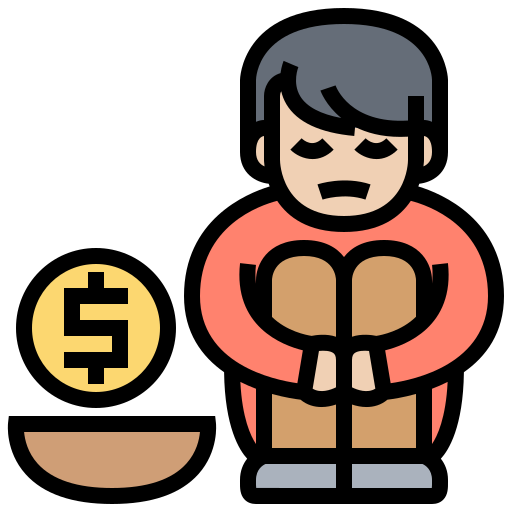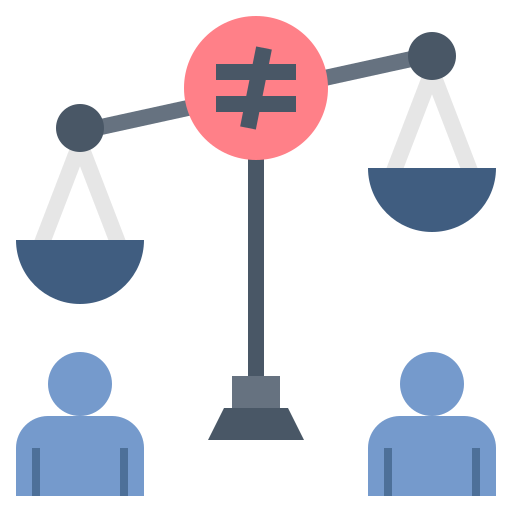PART A_1
Let’s introduce ourselves to each other.
自己紹介をしましょう。
PART A_2
My name is ________________. What is your name?
PART A_3
I am ________________. Nice to meet you.
PART A_4
Nice to meet you too, ________________. Have you already gone to a farm?
PART A_5
________________________________. How about you?
PART A_6
________________________________. Let’s begin our lesson!
PART B_1
We’ll read aloud the words and expressions below. Please repeat after me.
I will check your pronunciation.
I will check your pronunciation.
単語、表現を音読します。講師に続いて読みましょう。講師は発音を確認します。
(Please send the mispronounced words and expressions to your student.)
PART B_2
 |
farm
農場
|
 |
worker
労働者
|
 |
poor
貧しい
|
 |
unfair
不公平な、不当な
|
 |
shopping
買い物(の)
|
PART B_3
Now, let’s review some words from part B_2.
ではいくつかの単語を復習してみましょう。
(Please review the mispronounced words and expressions from part B_2.)
PART B_4
PART C_1
You will read aloud the passage below. I will check your pronunciation and intonation.
パッセージを読みましょう。講師が発音、イントネーションについて確認します。
(Please send the mispronounced words and expressions to your student.)
PART C_2
Ghana produces a lot of cacao. It’s made into chocolate. Many cacao farm workers are very poor because cacao is sold at a low price. They work hard, but they can’t make enough money to live. They work under “unfair” conditions. Moreover, many children in Ghana have to work on farms to help their families. That is why some of them have never been to school.
Fair-trade can solve these problems. If you buy fair-trade chocolate, more money goes to the workers, so your shopping choices can make a difference.
PART C_3
Now, let’s review some words and expressions from part C_2.
ではいくつかの単語、文章を復習してみましょう。
(Please review the mispronounced words and expressions from part C_2.)
PART C_4
PART C_5
Please fill in the blanks and read aloud the passage. I will check your pronunciation and intonation.
空欄を埋めて、パッセージを読みましょう。講師が発音、イントネーションについて確認します。
PART C_6
Ghana produces a lot of cacao. It’s made __________ chocolate. Many cacao farm workers are very poor because cacao is __________ at a low price. They work hard, but they can’t make enough money __________ live. Thay work under “unfair” conditions. Moreover, many children in Ghana have to work on farms to __________ their families. That is why some of them have __________ to school.
Fair-trade can solve these problems. If you buy fair-trade chocolate, more money goes to the workers, so your shopping choices can make a difference.
Fair-trade can solve these problems. If you buy fair-trade chocolate, more money goes to the workers, so your shopping choices can make a difference.
PART C_7
Now, let’s review your answers.
では、あなたの答えを復習してみましょう。その後、修正したあなたの答えを読んでみましょう。
(Please review your student’s answers by sending the correct answers in complete sentences. After that, ask your student to read aloud his or her corrected answers.)
PART C_8
PART D_1
Now, please fill in the blanks to answer the following questions.
I will check if your sentences are complete and if the grammar is correct.
I will check if your sentences are complete and if the grammar is correct.
空欄を埋めて、質問に答えましょう。講師は文法と完全な文章であるかを確認します。
PART D_2
| 1. | Why many cacao farm workers can’t make enough money to live? |
| Answer: | They can’t make enough money __________ because __________ is __________ at a low price. |
| 2. | Why do many children in Ghana have to work on cacao farms? |
| Answer: | Many children in Ghana __________ work on farms __________ their families. |
PART D_3
Now, let’s review your answers.
では、あなたの答えを復習してみましょう。その後、修正したあなたの答えを読んでみましょう。
(Please review your student’s answers by sending the correct answers in complete sentences. After that, ask your student to read aloud his or her corrected answers.)
PART D_4
PART D_5
Now, please fill in the blanks to answer the following questions.
I will check if your sentences are complete and if the grammar is correct.
I will check if your sentences are complete and if the grammar is correct.
空欄を埋めて、質問に答えましょう。講師は文法と完全な文章であるかを確認します。
(Please send the sentences that need grammar corrections to your student.)
PART D_6
| 1. | Who hasn’t been to school? |
| Answer: | __________ of the children in Ghana have __________ to school. |
| 2. | Have you ever been to other countries? |
| Answer: | __________, I __________. |
PART D_7
Now, let’s review your answers.
では、あなたの答えを復習してみましょう。その後、修正したあなたの答えを読んでみましょう。
(Please review your student’s answers by sending the correct answers in complete sentences. After that, ask your student to read aloud his or her corrected answers.)
PART D_8
PART E_1
Now, please look at the picture below. Tell three things about the picture.
I will check if your sentences are complete and if the grammar is correct.
I will check if your sentences are complete and if the grammar is correct.
下の写真を見てください。写真について、わかることを3つ教えてください。講師は文法と完全な文章であるかを確認します。
PART E_2

| 1. | . | |
| 2. | . | |
| 3. | . |
PART E_3
Now, let’s review your answers.
では、あなたの答えを復習してみましょう。その後、修正したあなたの答えを読んでみましょう。
(Please review your student’s answers by sending the correct answers in complete sentences. After that, ask your student to read aloud his or her corrected answers.)
PART E_4